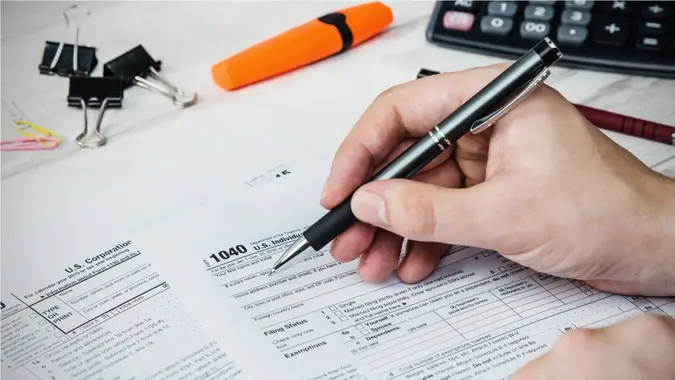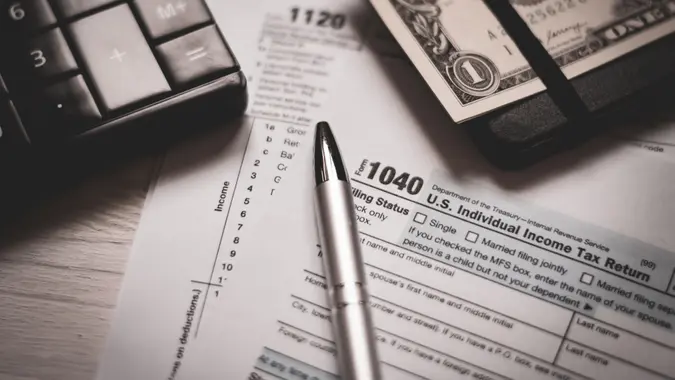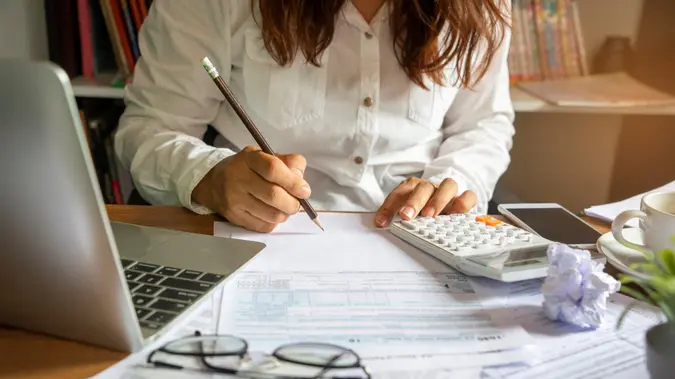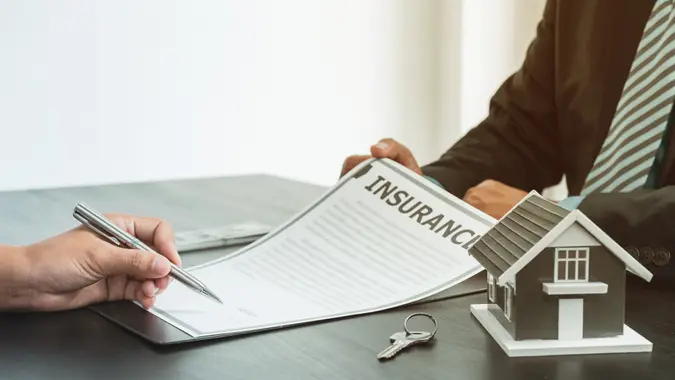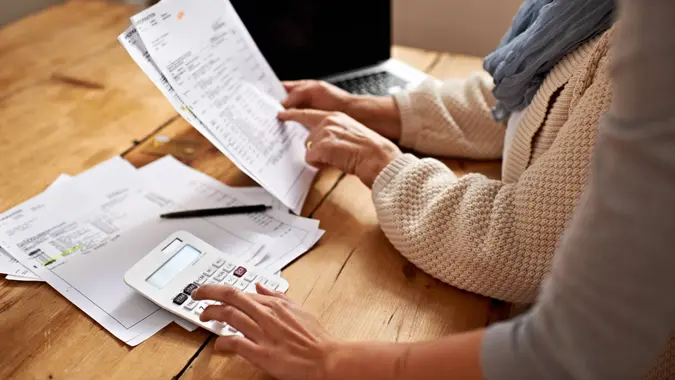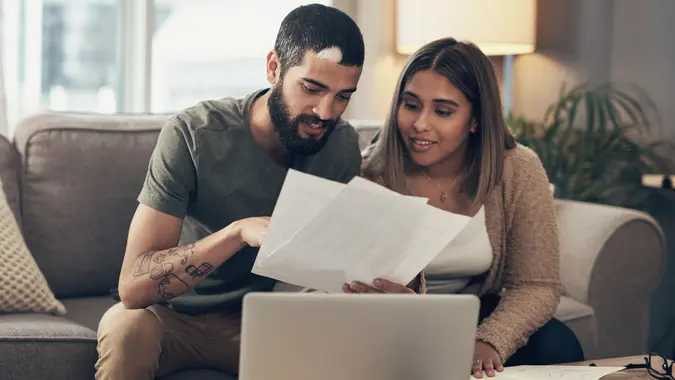4 Ways Having a Bank Account Can Boost Your Tax Refund

Commitment to Our Readers
GOBankingRates' editorial team is committed to bringing you unbiased reviews and information. We use data-driven methodologies to evaluate financial products and services - our reviews and ratings are not influenced by advertisers. You can read more about our editorial guidelines and our products and services review methodology.

20 Years
Helping You Live Richer

Reviewed
by Experts

Trusted by
Millions of Readers
It’s tax season, and as U.S. Bank reported, around three-quarters of Americans are likely to receive a tax refund this year.
That could present at least some headaches for the approximately 5.6 million American households that are unbanked — meaning they do not have a bank account — according to a 2023 FDIC survey. Some of the most prominent reasons to have a bank account, as it pertains to your incoming tax refund, follow.
Faster Access to Your Tax Refund
As the IRS reported, it’s much faster to have your tax refund direct deposited — and of course, that process requires you to hold a bank account in order to receive your funds.
Waiting for a traditional paper check to be mailed to your address could take weeks. Per TaxSlayer, after e-filing your taxes, a direct deposit of your refund should be issued within one to three weeks. In the case of a traditional check, this timeline expands to a month or longer.
The faster you have your refund, the faster you can use it — and whether you’re paying off debt, adding to savings or investing to build wealth, the faster you start using it, the more impact that refund will have on your financial security.
More Security
Then there’s the simple matter of security. The IRS pointed out that a direct deposit cannot get lost in the mail, like a check might, and cannot be stolen or intercepted, either. Beyond that, it’s generally a streamlined and easy process to set up a direct deposit.
Diversity of Assets
Finally, the IRS noted that a direct deposited tax refund can be split up into several financial accounts, providing diversity of assets. From savings, health, education, certain retirement accounts and a standard checking account — in addition to other investments — IRS Form 8888 (Allocation of Refund) can be leveraged to this effect.
This also increases the speed at which your tax refund is put to work for your financial wellbeing and prevents you from forgetting to distribute the money once you’ve received it.
Avoid Check Cashing Fees
One of the most pressing issues facing unbanked individuals or households receiving a tax refund in the form of a check is the question of how, exactly, they will be cashing it.
Walmart offers a check cashing service, with checks valued at under $1,000 being subjected to a maximum $4 fee and those up to $5,000 being subjected to a fee of up to $8. While the limit is $5,000 in most states, Walmart indicated it raises that threshold to $7,500 from January through April.
Other institutions may charge more or less, depending on your refund amount and what check cashing services are available in your area. You may even have access to a free check cashing service. Nonetheless, direct deposit remains preferable for reasons stated above.
Opening a Bank Account
A variety of solutions are available for those looking to open their first low-risk bank account. Those interested should comparison shop their local banks and credit unions.
For more information on opening a new bank account, the FDIC provides an exhaustive list of suggested options.
More From GOBankingRates
 Written by
Written by  Edited by
Edited by 





